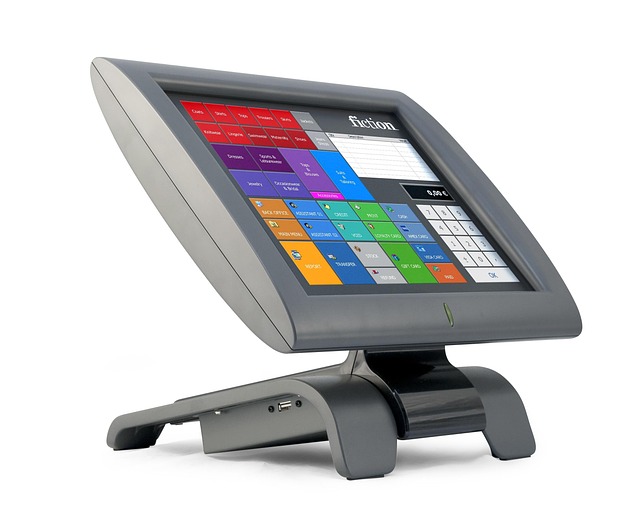Remember when automation simply meant repetitive tasks done faster? The gears turned, the assembly line moved, but the intelligence, the *understanding*, was always external. Now, a profound shift is happening, driven by what we call cognitive analytical systems. It’s like technology is finally gaining a sense of perception, a way to not just process data, but to interpret it, understand context, and even anticipate needs. This is fundamentally changing how we interact with machines and how businesses operate.
Beyond Simple Automation: The Cognitive Leap
At its core, automation has been about efficiency through predefined rules. Do X when Y happens. Cognitive analytical systems elevate this by introducing intelligence. These systems can analyze complex, often unstructured data – think images, natural language, sensor input – and derive insights, make decisions, and even learn from outcomes. They bring a level of understanding and adaptability that traditional automation lacked.
Artificial Intelligence: The Brains Behind the Operation
Artificial Intelligence is the engine of these cognitive capabilities. Machine learning, natural language processing, computer vision – these AI disciplines allow systems to see,” “hear,” and “think” in ways previously confined to science fiction. AI enables systems to understand the nuances of human language in customer service, recognize patterns in vast datasets for strategic decisions, or interpret visual information in complex environments. This intelligence is crucial for the sophisticated interactions we’re now seeing in automated systems.
Robotics: The Body Gets Smarter
Robotics provides the physical form for automation. Historically, robots were programmed for specific, repetitive movements in controlled environments. Integrating cognitive analytical systems with robotics transforms them from mere tools into intelligent agents. Robots equipped with AI and cognitive capabilities can navigate dynamic environments, interact safely and effectively with humans, perform complex manipulations based on real-time analysis, and even learn new tasks. They are no longer just following instructions; they are adapting, perceiving, and making informed actions.
Revolutionizing Business Automation
The convergence of cognitive AI and advanced robotics, powered by cognitive analytical systems, is creating unprecedented opportunities for business automation:
- Customer Interaction: Cognitive chatbots and virtual assistants can understand complex queries, analyze sentiment, and provide personalized support, leading to more intuitive and satisfying customer experiences.
- Manufacturing and Logistics: Smart robots can identify defects, adapt to variations in materials, collaborate with human workers, and optimize logistics based on real-time supply and demand data.
- Data Analysis and Decision Making: Cognitive systems can process massive amounts of data from disparate sources, identifying trends, predicting outcomes, and providing insights that inform strategic business decisions, automating parts of the analytical process itself.
- Healthcare: Robots assist in surgeries with enhanced precision guided by AI analysis, while cognitive systems help analyze medical images and patient data for diagnosis and treatment planning.
This isn’t just about replacing human tasks; it’s about augmenting capabilities and creating entirely new possibilities. It’s about systems that can perceive, understand, and interact in a way that feels less like dealing with a machine and more like collaborating with an intelligent partner. The interaction is becoming more fluid, more insightful, and ultimately, more human-centric, even as the technology becomes more advanced.



